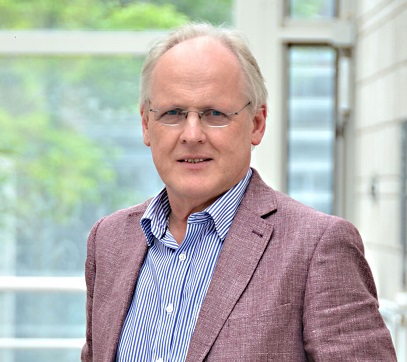Links to external sources may no longer work as intended. The content may not represent the latest thinking in this area or the Society’s current position on the topic.
The long arm of microelectronics – satellite meeting
Satellite meeting organised by Professor David Cumming, Professor Steve Furber CBE FREng FRS and Professor Douglas Paul
Event details
Microelectronics is very closely identified with computer and communications technologies. Only recently has it shown that it has potential for much wider application and many researchers are now extending the reach of microelectronics, through photonics and sensing, into many new technology sectors.
This meeting continued the theme of the London meeting with a series of in-depth but less formal discussions at beautiful Chicheley Hall. A number of the London speakers presented summaries of their presentations and then lead sessions with the audience to explore the topic in more depth. In addition, there were three “keynote” formal presentations.
Biographies of the organisers and speakers (with abstracts where applicable) are available below. Audio recordings of the presentations are available by clicking on the names of the speakers below.
The related scientific discussion meeting eFutures: beyond Moore's Law immediately preceded this event.
Enquiries: Contact the events team.


